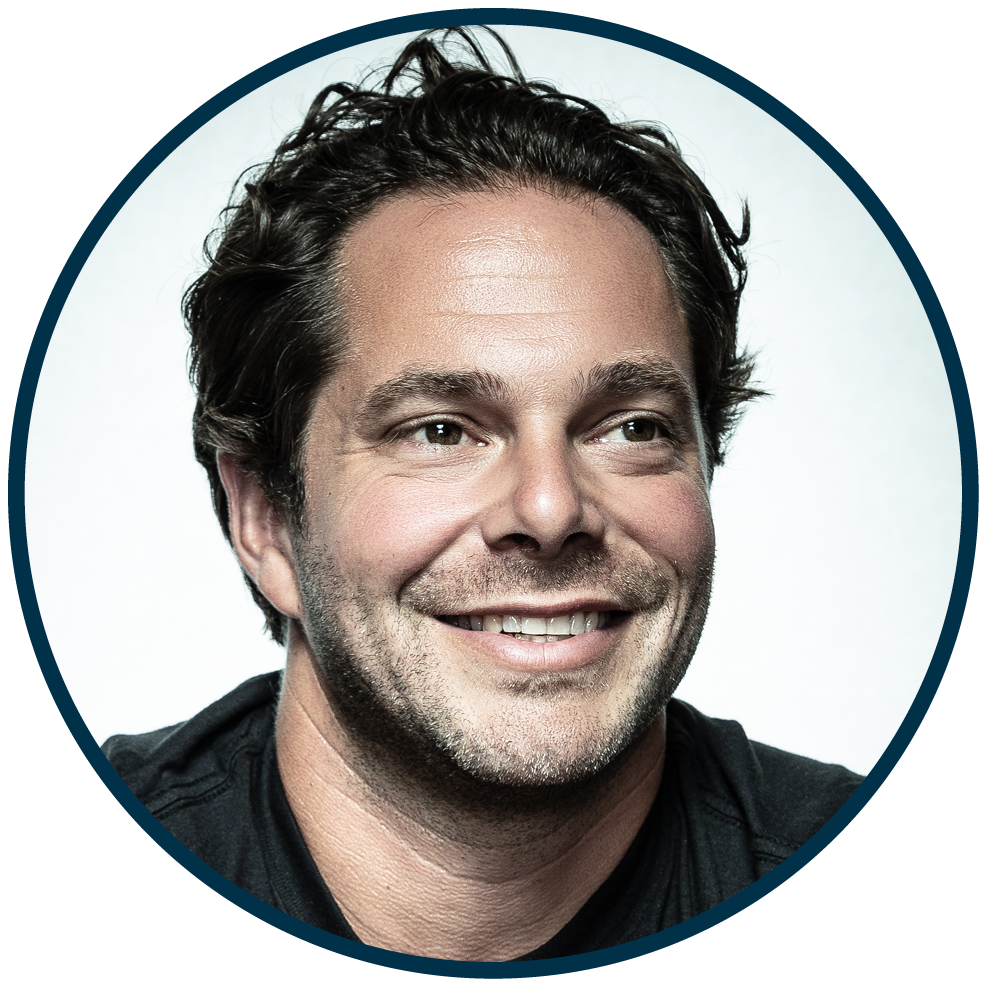The meaning of work is changing right before our eyes
Until COVID-19 transformed nearly every knowledge worker on earth into a remote employee overnight, we all relied on a system of working that was a relic of the industrial revolution. After more than a year, we’re still living in uncertainty. For many of us, the way we communicate, collaborate, commute, and work look radically different than they ever have before.
In the midst of this rapid change, leaders are left grasping for guidance and clarity about how to create a sustainable system of work for the future of their organization. They’re desperately trying to support their employees, retain their best talent, and build a culture of work that is attractive to the top talent of the future. And the truth is that, right now, there are still more questions than answers.
At Hopewell (now Align), we’ve talked with tons of leaders looking to better understand the realities of their work experience — the way that their employees functionally experience and execute work on a day-to-day basis at the organization. And we’ve collected nearly 100,000 data points from employees.
How to collect useful data on your workplace
The only true way to know if you have a need for a workplace change is to ask.
Future Forum recently discovered a significant disconnect between the perceptions of executives and those of their employees. The reality is that, unless you’re a very small and deliberate organization, the odds are slim that you fully understand how your team is being impacted by your company’s current work situation and which situations will be best for their lives moving forward. But the solution is pretty simple: ask your employees what they need.
Often, we hear people concerned that their teams are “over surveyed.” But as BCG’s Debbie Lovich says in her TED talk, 3 Tips for Leaders to Get the Future of Work Right:
“People are not over surveyed when it comes to this topic, they want to have their opinions heard."
The problem isn’t that you’ve asked too many questions. The problem is that you haven’t yet asked the right questions.
Satisfaction and engagement surveys often fail to ask the right set of questions to result in actionable feedback. Too often these questions rely on an employee’s feelings about their job or the organization. The problem with feelings is that they’re intangible — they’re a stopping point. At Hopewell, we have designed a Work Experience (WX) Assessment that gets to the heart of functional work — to answer the right question: do you have what you need (practices, tools, environments, support) to effectively accomplish your job? If not, what is it that you do need?
If you ask the right questions, meaningful action items and next steps personalized to your team’s needs will emerge from the crowd-sourced feedback.
Why are our questions different? Because we’re looking at work through a consumer lens.
For more than 20 years, the consumer experience industry has been obsessively studying the ways that consumers want to shop. By understanding exactly how their target customers want to consume their goods and services, and ruthlessly removing hurdles that stand in the way of smooth, enjoyable purchasing experience, retail has created experiences that attract people.
Now that knowledge workers can essentially work from anywhere at anytime, we need to think about the office the same way. What experience would attract people back to the office and for what purpose?
When you ask forensic questions relating only to what currently exists, you get a limited view of what is possible. Asking forward-thinking questions about people’s ideal work situation — outside the bounds of what they have now — you get a truer understanding of their needs.
How Hopewell assesses work experience
The process of conducting an Hopewell Work Experience Assessment is simple — we collect a roster of information about each participant and then Hopewell’s software platform automatically sends assessment invites, tracks progress, sends reminders, and even delivers individual results upon completion.
Every single member of an organization can be invited to participate in the assessment — no more representative sampling or only addressing the concerns and opinions of leadership. To illustrate Debbi Lovich’s point about people wanting to be heard, Hopewell's assessment typically sees participation rates above 80%.
The resulting data is automatically anonymized and aggregated into the real-time Hopewell results dashboard for organizations to slice and dice in whichever ways are most meaningful to them.
Hopewell's dashboard can help you answer pressing questions like:
-
-
-
- What is the ideal work situation (in-office, hybrid, remote) for my team?
- How supported is my team in their current work situation?
- How open is my team to changing the work experience and what would they like to see change?
- Which modes of work and situations are causing stress and creating barriers to great work? What solutions do team members pose to these problems?
-
-
Hopewell’s data can be used to create new approaches to policy, practice, and process at the organization as well as informing real estate and environment changes customized to the needs of your organization.
The efficiencies created by applying software to a historically analog, labor-intensive process consisting of in-person interviews, surveys, and observation, means that you get personalized feedback from every single member of an organization with a fraction of the time and cost of traditional consulting approaches. When it comes to environmental changes designers can hit the ground running, quickly sorting, verifying, and digging deeper into critical information. Analysis of the collected data can inform utilization needs, benchmarking, programing, and verify initial planning assumptions.
Imagine learning the desires of 80+% of your organization in as little as 2 weeks… The results could transform your approach to the future of work.
This guest post was written by Hopewell founder and CEO Brian Zuercher.
Read more about how Luckett & Farley and Hopewell partner
to help clients determine their needs for the future of work.

